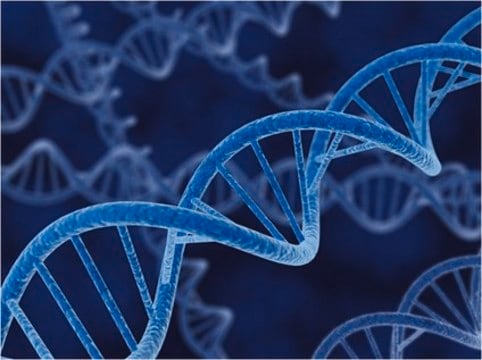Recommended Products
recombinant
expressed in E. coli
packaging
vial of 50 μL
concentration
20 ng/μL in TE buffer; DNA (1μg of plasmid DNA)
application(s)
CRISPR
promoter
Promoter name: CMV
selection
kanamycin
shipped in
dry ice
storage temp.
−20°C
Related Categories
General description
This product is an expression plasmid that utilizes the CMV promoter for strong transient expression of Francisella novicida Cas9 (CMV-FnCas9). The FnCas9 expression plasmid is one part of a two part CRISPR system with individual FnCas9 and gRNA expression vectors.
To order gRNA in any format click here
To order gRNA in any format click here
Application
Functional Genomics/Target Validation
- Proxy CRISPR
- Creation of gene knockouts in multiple cell lines
Features and Benefits
- Highly specific and highly active
- Sequence verified
- Ready to use purified plasmid DNA
Principle
CRISPR/Cas systems are employed by bacteria and archaea as a defense against invading viruses and plasmids. Recently, the type II-B CRISPR/Cas system from the bacterium Francisella novicida has been engineered to function in eukaryotic systems using two molecular components: a single FnCas9 nuclease and a non-coding guide RNA (gRNA). The FnCas9 endonuclease is human codon optimized and programmed with a gRNA, directing a DNA double-strand break (DSB) at a desired sequence of DNA. Similar to DSBs induced by zinc finger nucleases (ZFNs), the cell then activates endogenous DNA repair processes, either non-homologous end joining (NHEJ) or homology-directed repair (HDR), to heal the targeted DSB. FnCas9 is similar to common nucleases in many ways but also possess other distinct qualities. It has been determined to possess a higher intrinsic specificity through a reduced tolerance to gRNA:DNA mismatches as well as inducing a staggered cleavage pattern leaving 4bp 5′ overhangs by cleaving the non-target strand at 7 bp from the PAM. In contrast to SpCas9, FnCas9 activity fluctuates across genomic regions. Cotargeting dead Cas9 at proximal locations may alter local chromatin structures and render otherwise inaccessible target sites accessible and cleavable by FnCas9.
Legal Information
Storage Class
12 - Non Combustible Liquids
wgk_germany
WGK 2
flash_point_f
Not applicable
flash_point_c
Not applicable
Choose from one of the most recent versions:
Certificates of Analysis (COA)
Lot/Batch Number
It looks like we've run into a problem, but you can still download Certificates of Analysis from our Documents section.
If you need assistance, please contact Customer Support.
Already Own This Product?
Find documentation for the products that you have recently purchased in the Document Library.
Structure and Engineering of Francisella novicida Cas9
Hirano, H. et al.
Cell, 164, 950-961 (2016)
Targeted activation of diverse CRISPR-Cas systems for mammalian genome editing via proximal CRISPR targeting.
Chen, F. et al.
Nature Communications, 8 (2017)
Our team of scientists has experience in all areas of research including Life Science, Material Science, Chemical Synthesis, Chromatography, Analytical and many others.
Contact Technical Service








